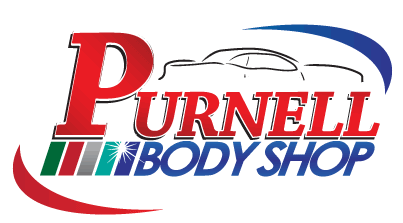7 Essential Tips for Inspecting Your Car After an Accident
Being involved in a car accident can be a jarring experience, both emotionally and physically. Amidst the chaos, it’s crucial to take a step back and assess the damage to your vehicle. Even seemingly minor accidents can result in hidden damages that could compromise your safety on the road. To ensure your vehicle is roadworthy and to avoid any potential issues down the line, follow these seven essential tips for inspecting your car after an accident.
1. Safety First:
Before conducting any inspections, prioritize safety. Move your vehicle to a safe location away from traffic if possible, and turn on your hazard lights. Check yourself and passengers for injuries and seek medical attention if necessary. Your safety is paramount.
2. Assess Visible Damage:
Start by visually inspecting your vehicle for any obvious signs of damage. Look for dents, scratches, misaligned panels, and cracked lights. Take note of any areas that appear damaged, as these will need closer examination.
3. Check Under the Hood:
Pop the hood and inspect the engine compartment for any signs of damage. Look for leaking fluids, displaced components, or any other abnormalities. Even if there are no visible signs of damage, it’s still essential to have a professional mechanic inspect the engine thoroughly.
4. Examine the Frame:
The frame of your vehicle plays a crucial role in its structural integrity. If you suspect frame damage, look for signs such as uneven gaps between panels, doors that no longer close properly, or unusual creaking noises while driving. Any issues with the frame should be addressed promptly to prevent further damage.
5. Check Alignment and Suspension:
Even a minor fender-bender can throw off your car’s alignment and suspension. Take your vehicle for a test drive and pay attention to how it handles. Look out for vibrations, pulling to one side, or a steering wheel that feels off-center. These could indicate issues with alignment or suspension components that require attention.
6. Inspect Airbags and Safety Systems:
If your airbags deployed during the accident, they will need to be replaced. Additionally, check other safety systems such as seat belts and sensors to ensure they are functioning correctly. Any malfunctioning safety equipment should be addressed immediately to maintain your vehicle’s safety standards.
7. Document Everything:
Finally, document all findings from your inspection. Take photos of any damage, make notes of your observations, and keep copies of any relevant paperwork, such as police reports or insurance claims. This documentation will be invaluable when filing an insurance claim or seeking repairs.
Inspecting your car after an accident is not only essential for your safety but also for the longevity of your vehicle. By following these seven tips, you can identify any hidden damages and ensure that your car is roadworthy. Remember, when in doubt, it’s always best to seek professional assistance from a reputable collision repair shop. Don’t take any chances when it comes to your safety on the road.


